Planting Iris Bulbs In Autumn: Remember That Good Drainage Is Key To Good Results

BULBS > BEARDED-IRIS > PLANTING

Elizabeth is a Permaculture Garden Designer, Sustainability Consultant and Professional Writer, working as an advocate for positive change. She graduated from the University of St. Andrews with an MA in English and Philosophy and obtained a Diploma in Applied Permaculture Design from the Permaculture Association.
Reviewed By COLIN SKELLY

Colin is a Horticulturist and Horticultural Consultant with experience in a range of practical and managerial roles across heritage, commercial and public horticulture. He holds the Royal Horticultural Society’s Master of Horticulture award and has a particular interest in horticultural ecology and naturalistic planting for habitat and climate resilience.
Contributions From SIMON DODSWORTH
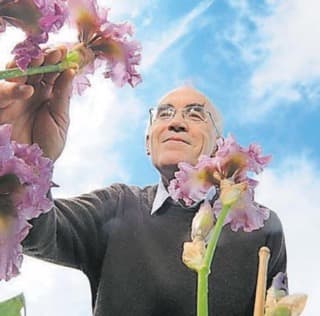
Simon is the Founder of The English Iris Company, an award-winning plant nursery based in the UK. In 2015, his nursery’s iris collection was awarded National Collection status by Plant Heritage. More recently, the nursery provided irises that featured in the Gold Winning British Iris Society Centenary Stand at the RHS Chelsea Flower Show in 2022.

Emily is a Gardening Writer, Photographer and Videographer from Derbyshire, UK. She is the Founder of Emily's Green Diary - a community of more than 75,000 people who share in her gardening journey.
IN THIS GUIDE
IRIS GUIDES
Bulb irises can be impressive and reliable plants to grow in your garden or in containers.
They thrive in a sunny position and can cope with a range of different soils.
There are a number of different species and cultivars to choose from, some of which flower between February and March, and others that flower in May or June.
Fortunately, these spring bulbs are very easy to grow.
In autumn you should:
- Select an iris cultivar to grow and source your bulbs.
- Choose a suitable location.
- Plant your bulbs around 15cm deep and usually around 5-7.5cm apart.
When To Sow Irises
Sow iris bulbs between September and November, ideally earlier in the autumn months.

You should aim to plant bulbs as quickly as possible once you have them.
1) Choose Your Bulbs
The first thing to decide if you would like to plant iris bulbs is which particular irises you would like to grow.
As you can see I opted for Iris x hollandica ‘Tiger Mix’.
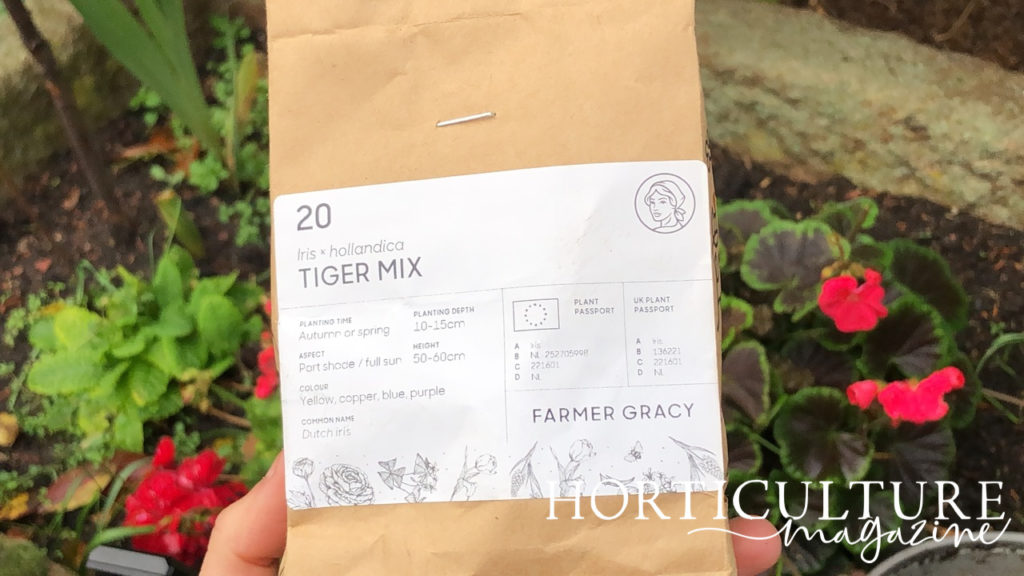
You should think about their bloom time, as well as the colours and the size to which a particular species will grow.
2) Pick An Ideal Location
Once you have decided which type and variety of irises to grow, your next decision to make is where to grow them.
Some types prefer neutral or alkaline soil and some can also cope with shade, however, the optimal growing conditions depend on which variety you have chosen to grow.
Full sun and free-draining are the key things to remember for most bulb irises that you might grow.
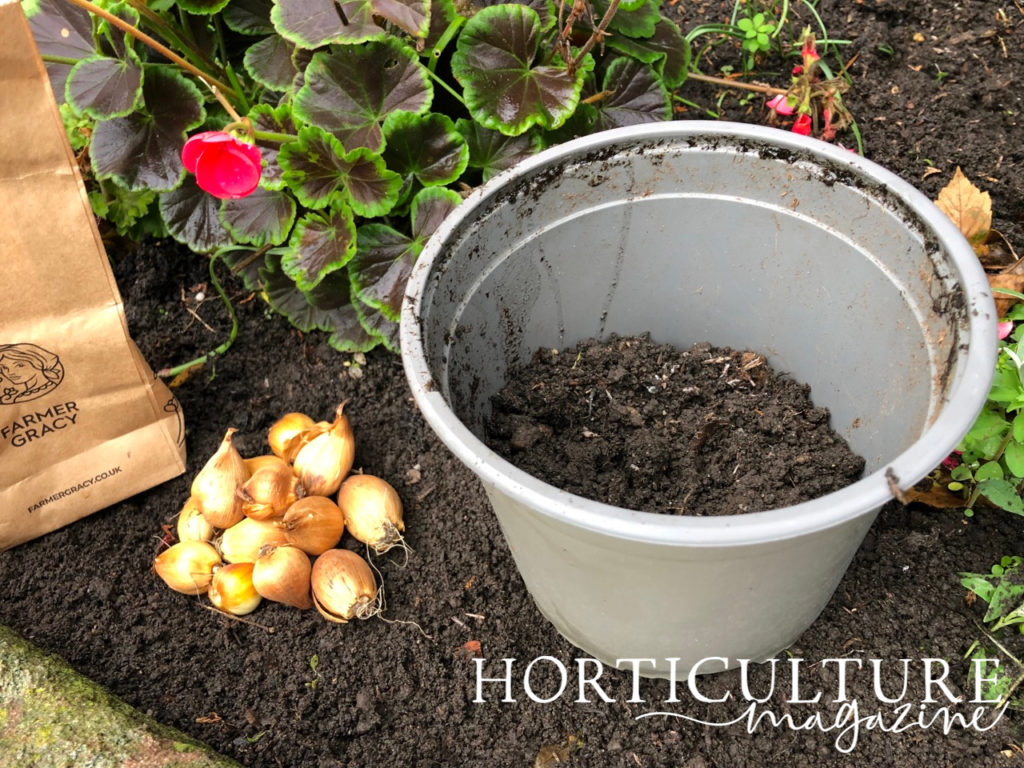
You can grow bulb irises in a bed or border in your garden, naturalise them en masse below deciduous trees or in a lawn or meadow scheme, or plant them in pots.
If you choose to grow irises in a container, you can consider creating a bulb lasagne and you can layer them along with other spring bulbs to create attractive displays that bloom over a longer period of time.
“Iris bulbs, both spring and summer flowering, are brilliant for adding vertical accents to borders or pot displays in combination with other bulbs or perennials,” says Colin Skelly, a Horticultural Consultant.
“This type of ‘lasagne’ planting is called layering and means that several flowering plants can occupy to same space through time. It is the mark of a skilled gardener to combine these artfully.”
“If you want to make an impact, buy three of the same variety, and, if you are prepared to wait, buy single varieties and allow them to bulk up,” recommends Simon Dodsworth, the owner of the specialist nursery The English Iris Company.
3) Plant Your Iris Bulbs
If you plan on planting quite a few iris plants, a bulb hole maker or planter will make your job easier.
It is typically best to plant deeply for better chances of successful flowering, so as a general guideline, I’d recommend planting bulb irises around 15cm deep.
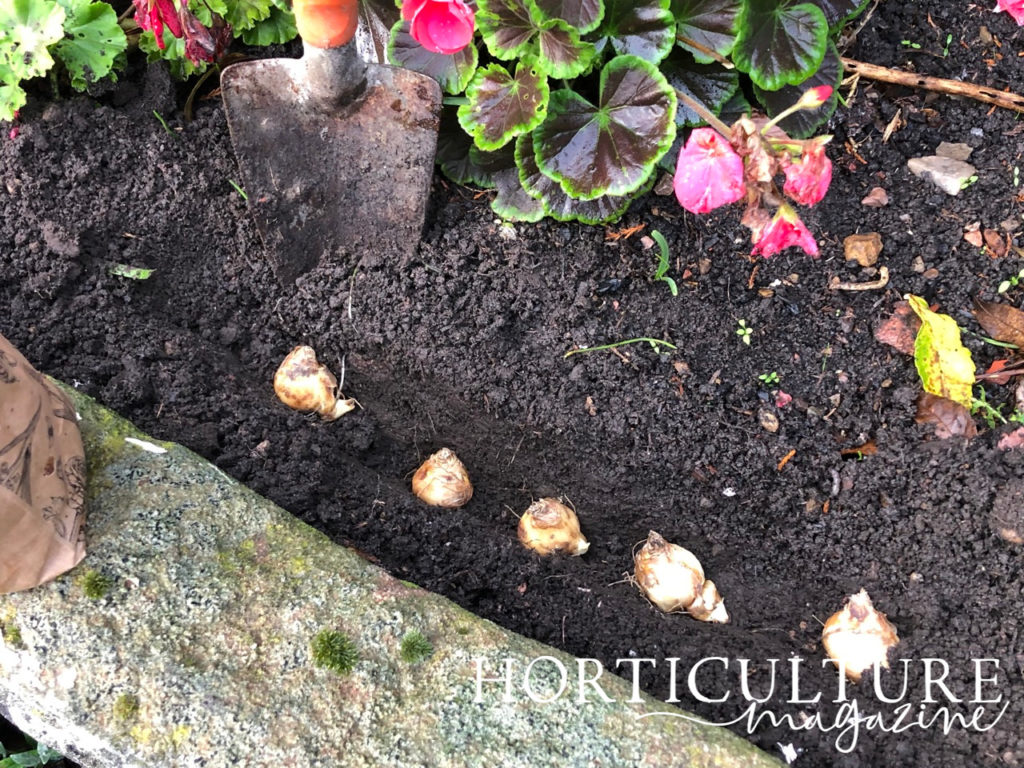
If planting in the ground, simply make your holes to this depth, then fill them back in and firm the soil gently into place.
The bulbs should be placed no closer than 5-7.5cm apart, according to the RHS.
However, if growing in containers, you can get away with closer spacing since this won’t be a permanent display.

Make sure the bulbs are not touching, but you can place them as little as 1 bulb width apart, or even a little less.
Remember, when growing in a container, you might use irises in a bulb lasagne with other spring bulbs.
One important thing to remember is that, if you want to create a bulb lasagne, the bulbs should not be placed directly above those in the tiers below.
“Apply a bone meal fertiliser and water in well after planting,” says Simon.
“Check the bulbs in 2-3 days to make sure that roots have taken hold. In dry conditions, continue to water sparingly every 2-3 days.”
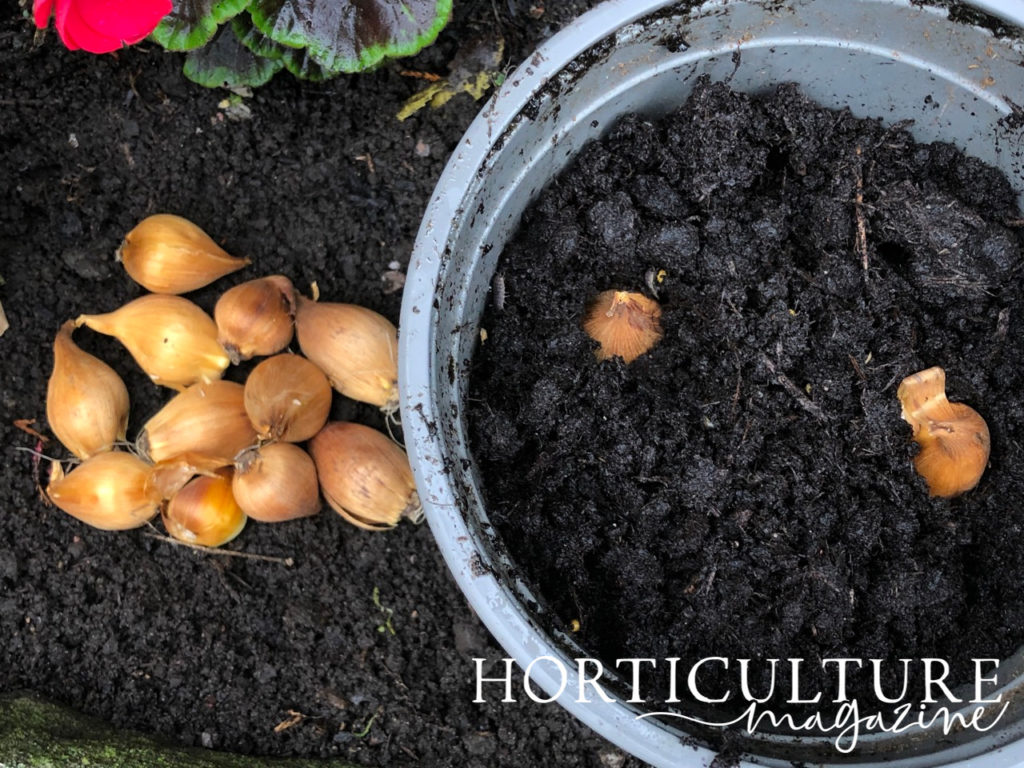
Wherever you plant your irises, remember that good drainage is key to good results.
So, whether in the ground or in pots, make sure that excess water can drain away freely.
